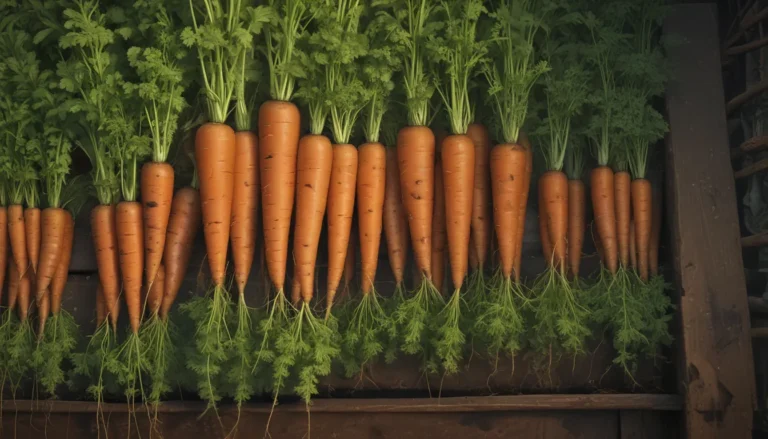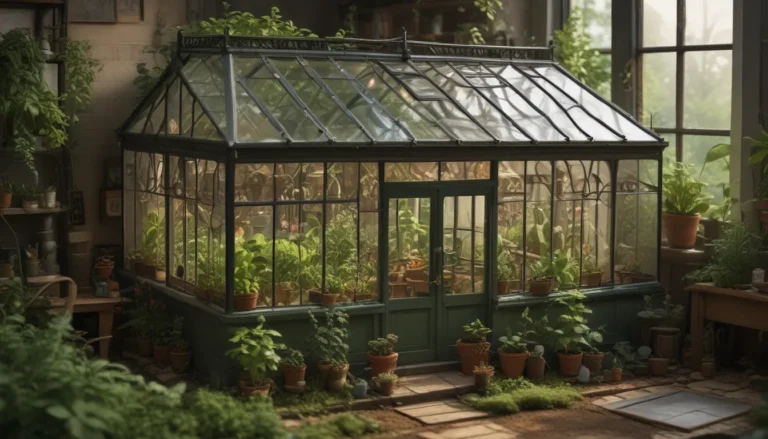Propagating Elderberry Plants from Cuttings: A Step-by-Step Guide

If you’re a fan of elderberries and their sought-after fruit and fragrant blossoms, you might want to consider propagating new plants from cuttings in your garden. While you can certainly purchase elderberry plants, taking cuttings to create new plants is easy, cost-effective, and fun.
In this comprehensive guide, we’ll walk you through how and when to take elderberry cuttings, whether you choose to root them in water, soilless potting medium, or directly in the garden. With options to take hardwood or softwood cuttings, you’ll have the flexibility to choose the method that works best for you.
What You’ll Learn
- Getting Things Ready
- Preparing Stem Cuttings
- Rooting in Soilless Potting Medium
- Rooting in the Garden
- Rooting in Water
Getting Things Ready
Before you start taking elderberry cuttings, ensure you have the necessary supplies on hand. You’ll need sharp clippers, rooting hormone powder or gel, containers, and potting medium if you’re not using the water method.
Consider using individual containers like CowPots™ for ease of transplanting and minimal root disturbance. Make sure to follow local regulations if you’re taking cuttings from public land.
Preparing Stem Cuttings
Elderberries can be propagated from hardwood or softwood cuttings. Hardwood cuttings should be taken while the plant is dormant, typically from January to March. Look for healthy branches with lenticels and no signs of disease.
Softwood cuttings are best taken in the summer while the plant is actively growing. Select branches with new growth and plenty of lenticels. Take care to include at least two to four nodes on each cutting.
Ensure cuttings are taken at a 45-degree angle and use rooting hormone powder or gel to encourage root development. For softwood cuttings, remove leaves from the bottom half before placing them in water or soil.
Rooting in Soilless Potting Medium
Rooting in a soilless potting medium is a reliable method for growing healthy elderberry transplants. Choose a premade mix or create your own using sphagnum peat moss and vermiculite.
After making a fresh cut on each cutting and applying rooting hormone, plant them in the medium with about a third of the cutting buried. Keep the medium moist, and cover with plastic to retain moisture.
After about eight weeks, check for root development by gently pulling on a cutting. Once rooted, trim away excess growth and prepare for transplanting into the garden.
Rooting in the Garden
If you prefer to skip transplanting, you can root your elderberry cuttings directly in the garden. Store cuttings in a cool, dark place until planting time, and soak them in water before planting.
Dig holes in the garden about six feet apart and insert the cuttings with the bottom node covered by soil. Keep the soil moist and consider using a cloche or mulch to retain moisture.
Rooting in Water
Rooting elderberry cuttings in water is another option, allowing you to see root development more easily. Remove leaves from the bottom half of the cuttings and place them in a jar of water.
Change the water every few days and wait for roots to develop before transplanting into pots filled with soil. Once rooted, plant in individual pots or a larger container for multiple cuttings.
You’re Ready to Grow Those Effortless Elderberry Cuttings
Taking elderberry cuttings to propagate new plants is a rewarding and straightforward process. Whether you choose to root them in water, soilless potting medium, or directly in the garden, you’ll enjoy watching your new plants thrive.
Remember to harden off your new plants before transplanting them into the garden, and monitor soil moisture to ensure they establish well. With proper care and attention, you’ll soon enjoy bountiful elderberry harvests from your propagated plants.
Now that you’re equipped with the knowledge to propagate elderberry plants from cuttings, it’s time to get out in the garden and start growing. Feel free to share your progress and success stories in the comments below – we’d love to hear about your elderberry propagation journey!





